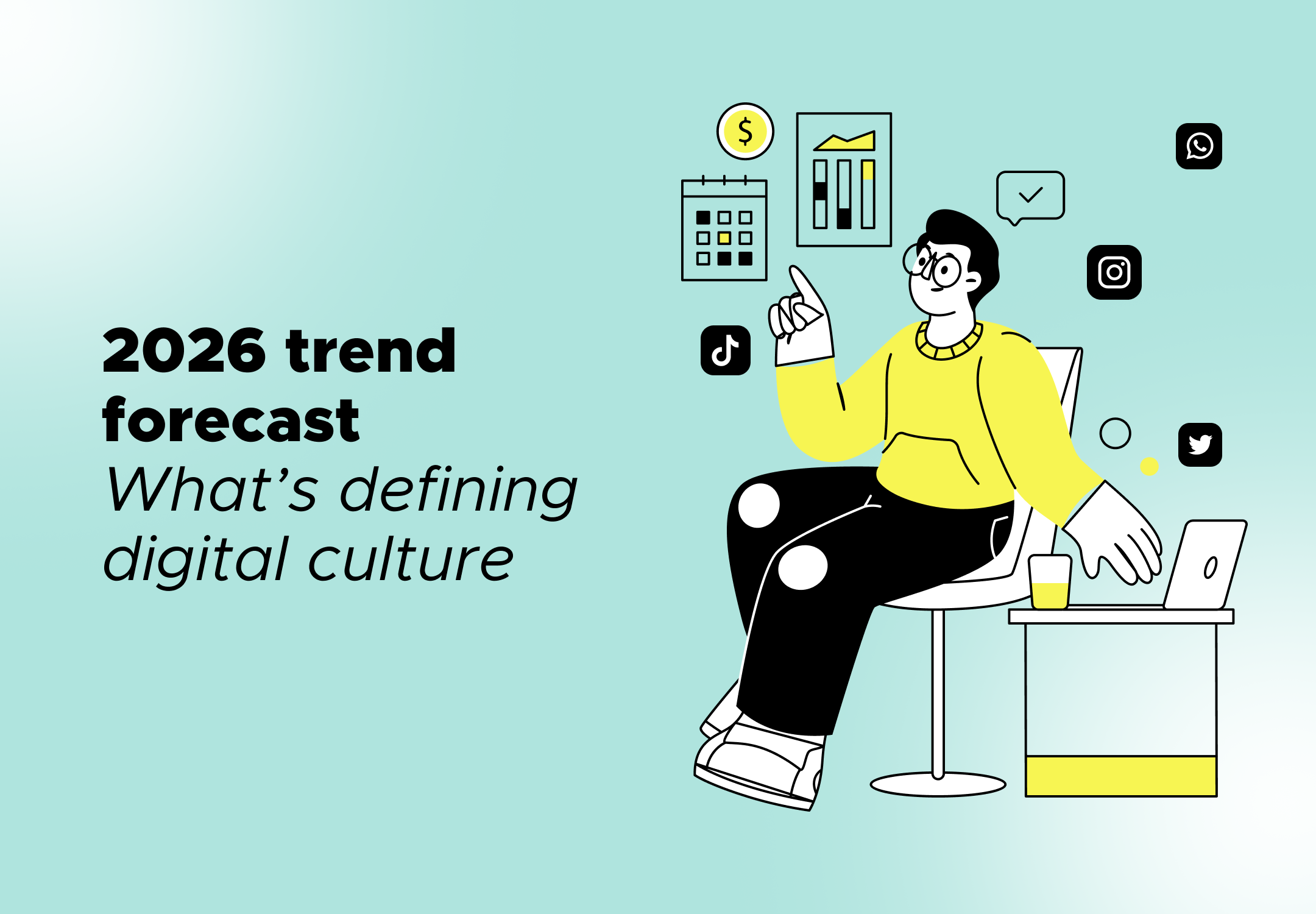Vine revival 2025: Jack Dorsey’s diVine brings back 100,000 clips
Twitter founder and tech entrepreneur Jack Dorsey funds Vine revival as diVine in 2025, bringing back 100,000+ six-second videos with a strict AI ban. See how this push for authentic content could disrupt the social media market.
November 17, 2025

Former Twitter CEO Jack Dorsey is funding the Vine reboot after shutting down the original platform in 2017. The new app, diVine, launched in November 2025 with over 100,000 restored six-second videos and a strict ban on AI-generated content.
Built on the decentralized Nostr protocol without traditional venture capital backing, the Vine revival signals growing demand for authentic, human-created content as AI increasingly dominates social media feeds.
Why Vine’s return matters for marketers
Vine launched in January 2013, reaching 200 million monthly users before Twitter shut it down in 2017. The platform pioneered short-form video years before TikTok and Instagram Reels, establishing the creative language that now dominates social media.
Vine launched careers for Shawn Mendes, King Bach, Lele Pons and Logan Paul, while establishing modern influencer marketing. The platform accelerated meme culture, producing phrases like “eyebrows on fleek” that became embedded in mainstream digital culture. Today, Vine compilations still generate millions of views on YouTube and TikTok among Zillennial audiences.
How diVine works: Decentralized and AI-free
The diVine app runs on Nostr, an open-source decentralized protocol championed by Dorsey. Unlike traditional platforms storing user data on centralized servers, Nostr uses independent relay servers with users maintaining ownership through cryptographic keys. No single entity can shut down the network or control content.
Funding comes from Dorsey’s non-profit “and Other Stuff”, formed in May 2025. Early Twitter employee Evan Henshaw-Plath led development, recovering over 100,000 videos from approximately 60,000 original creators using archives created by Archive Team before Twitter’s 2016 shutdown.
DiVine’s defining feature is its categorical ban on AI-generated content. The platform uses verification technology from the Guardian Project to confirm uploaded videos were recorded on smartphones, addressing growing user fatigue with AI-saturated feeds.
“Companies see the AI engagement and they think people want it,” Henshaw-Plath explained. “But we also want agency over our lives and over our social experiences.”
Strategic implications for brands
The beta launch attracted 10,000 users to iOS TestFlight within four hours, demonstrating appetite for authentic creativity over algorithmic optimisation. For brands targeting Zillennials and older Gen Z, diVine offers opportunities to engage audiences seeking alternatives to AI-saturated feeds and nostalgia.
The six-second format forces creative teams to distil messaging to its essence, often producing stronger brand recall than longer-form content. However, with approximately 170,000 archived videos and a beta community in early stages, diVine currently functions as a niche platform rather than mass-market channel.
The anti-AI positioning requires brands to commit to fully human-created content, potentially increasing production costs while delivering stronger authenticity signals. But it also speaks to the cultural shift seen amongst this generation: Social media began as a way to share updates with friends. Somewhere along the way, it became a marketplace of attention, of performance, of lifestyle branding. Now, users are craving authenticity and creativity – with diVine potentially being that audience-claimed space in the future.
The decentralized architecture means users maintain account ownership, shifting power towards creators and requiring brands to build direct relationships.
Notably, Elon Musk indicated plans to revive Vine after acquiring Twitter but no public launch has materialized, allowing Dorsey’s team to capture first-mover advantage.
The platform is available as a beta on iOS TestFlight and Android APK. Whether diVine evolves into a significant creator economy player depends on attracting the next generation of creators while serving existing audiences craving authentic content. For brands monitoring short-form video evolution, the Vine revival signals potential landscape fragmentation and opportunities for early movers prioritizing genuine creativity over algorithmic manipulation.
Latest News ☕

2026 trend forecast: The lingo and micro-movements defining digital culture
November 15, 2025
Users are creating their own digital tribes - complete with insider languages like brat an...

Platform wars: Where should your brand invest in 2026?
November 13, 2025
While most brands chase familiar platforms, forward-thinking marketers are building advant...

Top 5 Christmas campaigns: How the biggest brands are celebrating
November 11, 2025
The best Christmas campaigns of 2025 are already making waves across social media. Here's ...


